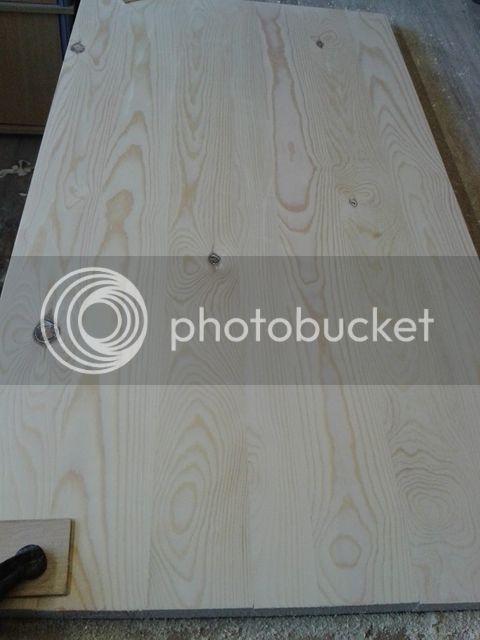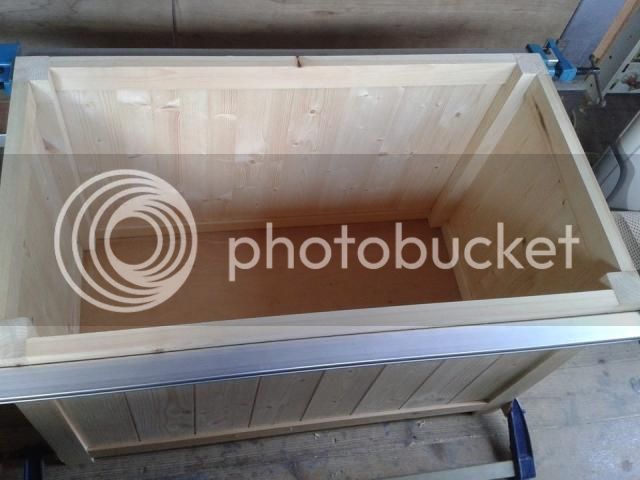I have made a pine blanket box but still have the top to make.
I will be joining boards together with glue and biscuits and adding breadboard ends but what I want to know is, when I have the ends on, the main top boards wont be supported on anything (lengthways) if someone sits on it, so would glue and biscuits be strong enough, but if I make the top boards the full length of the box then add the bread board ends it will be far too long.
I hope you get the gist of what I'm aiming for.
Russ
I will be joining boards together with glue and biscuits and adding breadboard ends but what I want to know is, when I have the ends on, the main top boards wont be supported on anything (lengthways) if someone sits on it, so would glue and biscuits be strong enough, but if I make the top boards the full length of the box then add the bread board ends it will be far too long.
I hope you get the gist of what I'm aiming for.
Russ







